Sorry, Galaxys S11–19, Samsung's jumping straight to Galaxy S20 this year. They're also going with essentially three base models before accounting for niche variants. Of these three models, it's clear which one's the best: the Galaxy S20 Ultra.
We've rounded up all the specs and provided context for many of the new features. So if you're interested in a specific aspect, use one of the links below to jump ahead.
Jump to a section:Standout Features | Dates | Storage | Price | Body | Basics | Software | Skin | Display | Performance | Battery | Front Camera | Rear Camera | Audio | Media Formats | Sensors | Connectivity | Security | Box Includes
Standout Features
The Galaxy S20 Ultra will likely be the best smartphone on the market until the Galaxy Note 20 releases in August 2020. It has a 120 Hz OLED display and a 5,000 mAh battery. But the real star is the rear camera array, which includes a 108 MP sensor and a periscope camera with 10x optical zoom and 100x digital zoom.
Important Dates
The Samsung Galaxy S20 Ultra was announced on February 11, 2020, in San Francisco, alongside the Galaxy S20 and S20+ and the Galaxy Z Flip. Preorders start on February 21, with in-store sales starting March 6.
- Release date: March 6, 2020
- Preorder date: February 21, 2020
- Announcement date: February 11, 2020
Storage Capacity
All three Galaxy S20 series phones will start with 128 GB of internal storage. However, as you would expect from the Ultra variant, the S20 Ultra will the only to offer 512 GB of internal storage as well. All three will use the UFS 3.0 standard and will be faster than other phones using the standard thanks to Samsung usage of the F2FS file system. MicroSD card support is on board, supporting up to 2 TB of expandable storage (although, currently the largest microSD card available is 1 TB).
- Storage available: 128 GB, 256 GB 512 GB
- Specification: UFS 3.0
- Expandable storage: yes, microSD (up to 2 TB)
Price for Everything
The Galaxy S20 Ultra will be priced at $1,399, making it one of the most expensive starting prices for any Samsung phone ever released (only the Galaxy Fold has been priced higher). However, the high price tag was expected with the very high-end specs and 5G support.
- Price: starting at $1,399
Body
The Galaxy S20 Ultra uses glass on both the front and back cover of the phone, protected by Gorilla Glass 6. The frame is aluminum once again, which minimizes the weight while remaining durable to most drops.
- Frame: aluminum, glass (Gorilla Glass 6)
- Finish: cosmic grey, cosmic black
Basics
Thanks to shrinking bezels, the Galaxy S20 Ultra is able to pack a huge display (6.9 inches) in a one-handed phone. The Galaxy S20 Ultra will be 6.57 by 2.99 inches, and despite the huge battery, it still manages to keep its thickness at 0.35 inches. It has a IP68 rating.
- Height: 6.57 inches
- Width: 2.99 inches
- Depth: 0.35 inches
- Weight: 7.83 ounces
- Dust/water resistance: IP68 under IEC standard 60529
- Supported carriers: Verizon, AT&T, T-Mobile, Sprint
- Infrared blaster: no
Software
The Galaxy S20 Ultra will run Android 10 out of the box.
- Version:Android 10
Skin
Running on top of Android 10 is One UI 2. The latest upgrade from Samsung adds dark mode to more apps and shrinks portions of the UI to make it more accessible, especially with the larger display. It isn't a huge upgrade (on Samsung's end), but with the addition of Android 10's features, there is more than enough reason to get excited.
- Version:One UI 2
Display
The Galaxy S20 Ultra has a 6.9-inch Dynamic AMOLED display. It uses a punch hole to house the front-facing camera, which is at the top of the screen in the center. It has a resolution of 3200 x 1440 for an impressive 506 ppi pixel density. There is also support for HDR10 and HDR10+.
The headlining display feature, however, will be the 120 Hz refresh rate. This will be a first for smartphone OLED displays and should lead to impeccably crisp animations and scrolling. However, this feature is limited to FHD+ mode only (2400 x 1080).
- Screen size: 6.9 inches
- Screen resolution: 3200 x 1440 pixels
- Total pixels: 4,480,000 pixels
- Pixel density: 506 ppi
- Screen type: Dynamic AMOLED
- HDR: HDR10/10+
- Notch: no
- Punch hole: yes
- Screen-to-body ratio: 90%
- Aspect ratio: 20:9
- Minimum brightness: Unknown
- Maximum brightness: at least 1000 nits
- Refresh rate: 120 Hz (Unknown Hz for touch-sensing)
- Color temp: Unknown
- Color gamut: Unknown
Performance
The Galaxy S20 Ultra will be powered by the new Qualcomm Snapdragon 865. This SoC offers a 20% increase to CPU performance and a 17–20% increase in GPU performance. It uses the same tri-cluster core configuration with one Gold core clocked higher than three other Gold cores (for a total of four), paired with four Silver cores.
The "base model" Ultra will have 12 GB of RAM. But exclusive to the S20 Ultra is a 16 GB variant for those who just want as much memory as possible. Either way, it's LPDDR5X RAM, the newest standard for mobile phones which has a faster transfer rate than its predecessor while consuming less power.
- Memory: 12 GB or 16 GB LPDDR5X
- Processor: Qualcomm Snapdragon 865
- Chip size: 7 nanometer
- CPU frequency: 2.84 GHz (1x A77), 2.42 GHz (3x A77), and 1.8 GHz (4x A55)
- CPU cores: 8 cores (1 + 3 Gold Cores, 4 Silver Cores)
- GPU: Adreno 650
- GPU frequency: 587 MHz
Battery
At 5,000 mAh, the Galaxy S20 Ultra has the largest battery Samsung has ever used in its flagship lineup. It will also the second phone to support Samsung new Super Fast Charging 2.0 allowing to also use the 45 W Super Fast Charger (starting at $38.56 on Amazon). It will also have Fast Wireless Charging 2.0 and support for PowerShare, the marketing name for reverse wireless charging.
- Battery: rechargeable lithium-ion
- Capacity: 5,000 mAh, 3.86 volts (19.3 watt-hours)
- Wired charging: yes, Super Fast Charging 2.0 (25 W in the box) supports up to 45 W
- Wireless charging: yes, Fast Wireless Charging 2.0 (15 W)
- Reverse Wireless charging: yes, PowerShare
Front Camera
Unlike the Galaxy S20 and S20+, the Galaxy S20 Ultra will use a new 40 MP wide-angle front-facing camera. Videography will be upgraded to 4K at 60 fps, up from the 4k at 30 fps of its predecessor.
- Resolution: 40 MP
- Aperture: Unknown
- Zoom: Unknown
- Flash: yes, screen flash
- Image stabilization: yes, EIS
- RAW support: yes
- Object detection: yes, face
- Formats: JPEG, RAW
Rear Camera
The Galaxy S20 Ultra has a 108 MP primary camera. It uses the Samsung ISOCELL Bright HM1, the successor to the ISOCELL Bright HMX co-developed with Xiaomi. This camera uses the more advanced Nonacell technology, allowing it to combine nine adjacent pixels into one. This reduces the resolution of photos but effectively increases the pixel size from 0.8 µm to 2.4 µm, one of the largest on a smartphone, which should dramatically improve low-light photography.
Samsung has paired this camera with two other cameras, a telephoto and an ultra-wide. The telephoto camera is a 48 MP sensor with a periscope lens capable of 10x optical zoom. Apparently, it can only truly zoom to 5x, and will use pixel cropping to reach 10x (similar to how OnePlus 7 Pro reached 3x optical zoom). This lens is also capable of 100x digital zoom which will be known as "Space Zoom."
Finally, rounding out the rear cameras is a 12 MP Samsung ISOCELL S5K2LA ultra-wide camera and a Time of Flight (ToF) sensor known as DepthVision.
- Resolution: 108 MP (12 MP when using pixel binning), 12 MP (ultra-wide), 12 MP(telephoto)
- Sensor size: 0.8/2.4 µm (primary), Unknown (ultra-wide), 1.4 µm (telephoto)
- Aperture: f/1.8 (primary), f/2.2 (ultra-wide), f/3.5 (telephoto)
- Zoom: 10x optical, 100 x digital
- Flash: High CRI LED
- Image stabilization: yes, OIS + EIS (primary and telephoto)
- RAW support: yes
- Lens cover: sapphire crystal
- Object detection: yes, food, faces
- Formats: JPEG, RAW
As far as video, one advantage of the 108 MP Samsung ISOCELL Bright HM1 is the upgrade to 8K video capture (at 30 fps). The Snapdragon 865 can handle video capture at this size so the process should be very similar to recording video at a lower resolution. And unlike in years past, the SoC natively supports super slow motion capture, which means you can record at 960 fps for a much longer time. It can shoot HDR10+ videos as well on select resolutions.
Samsung is also introducing a new Pro Mode for Video which gives you manual controls while recording video. This includes shutter speed, ISO, brightness, and much more. Super Steady is also improved for smoother video capture while moving.
- Resolution: 720p, 1080p, 4K, and 8K
- Max frame rate: 720p at 30fps, 1080p at 60 fps, 4K at 60 fps, 8K at 30 fps
- Slow motion: up to 720p at 960 fps, 1080p at 240 fps
- Time-lapse: yes, 1080p
- Photos: yes, higher than 9.1 MP still photos during 4K recording
- Zoom: yes, 6x
- Flash access: yes, see above
- Image stabilization: yes, VDIS (video digital image stabilization)
- Object detection: Unknown
- Autofocus: Unknown
- Audio: stereo
- Formats: H.264 (AVC), H.265 (HEVC)
Audio
Let cut straight to what you care about — the headphone jack is gone. It looks like there won't be a dongle included, though AKG-tuned USB-C earbuds should be in the box. The stereo speakers will once again support Dolby Atmos and be tuned by AKG.
New to the Galaxy S20 is the feature, Music Share. While your phone is connected to let say a car radio, if someone else wanted to play music from the same source, they could pair their phone to your phone and share music through your device to the car radio. This way you don't need to unpair your phone from the car radio.
- 3.5 mm headphone jack: no
- Stereo speakers: yes, top firing and bottom-firing
- Mics: 3
- Max speaker volume: Unknown
Media Formats
We currently haven't heard of any changes in media format support, so we assume it will be the same as its predecessor.
- Audio: MP3, M4A, 3GA, AAC, OGG, OGA, WAV, WMA, AMR, AWB, FLAC, MID, MIDI, XMF, MXMF, IMY, RTTTL, RTX, OTA, APE, DSF, DFF
- Video: MP4, M4V, 3GP, 3G2, WMV, ASF, AVI, FLV, MKV, WEBM
Sensors
We believe the sensors will be the same as the Galaxy S10 series, by and large.
- Sensors: Accelerometer, RGB Ambient Light Sensor, Barometer, Gyro sensor, Geomagnetic sensor, Hall sensor, Proximity sensor
The Galaxy Note 10+ was the first Samsung device released in the US to support dual-frequency GPS, so we fully expect this same feature will make its way to all three S20 series phones.
- GPS: yes, L1 + L5
- aGPS: yes
- Glonass: yes, L1
- BeiDou: yes, B1
- Galileo: yes, E1 + E5a
- QZSS: no
Connectivity
The Galaxy S20 Ultra will only be available in the 5G model in the US. It will also use Wi-Fi 6 (802.11ax), the lastest commercially available Wi-Fi standard. As far as SIM goes, it only supports nano-SIM.
- Wi-Fi: 802.11 a/b/g/n/ac/ax
- Bluetooth: 5.0
- NFC: yes
- Cellular: nano-SIM
- Port: USB Type-C (USB 3.1)
As far as cellular bands, Qualcomm is forcing OEMs to purchase the separate 5G modem with each purchase of the Qualcomm Snapdragon 865. While the other models will have 4G and 5G variants (overseas), the Galaxy S20 Ultra will only be available with 5G support.
- GSM: 850/1900
- UMTS: 850/1700/1900
- CDMA: BC0, BC10
- LTE Bands: 2/4/5/7/12/13/14/25/26/30/38/41/48/66/71
- 5G Non-Standalone (NSA), Sub6 / mmWave
Security
The Samsung Galaxy S20 Ultra uses an ultrasonic in-display fingerprint scanner. While it had its share of issues last year, it has gotten much better over the course of the Galaxy S10 series and Note 10 series. It also includes the standard Android authentication methods such as passcode and PIN.
- Fingerprint scanner: yes, in-display (ultrasonic)
- Face scanner: no
- Iris scanner: no
- Manual authentication: password, PIN, pattern, swipe
Box Includes
The Galaxy S20 Ultra comes with AKG USB-C wired headphones to compensate for the lack of a headphone jack. A 25 W Super Fast Charger will come in the box. The USB cable, for the first time, is a USB-C to USB-C data cable.
- Samsung Galaxy S20 Ultra
- Samsung USB Type-C Cable
- Samsung Power Adapter (25 W)
- USB-C Earphones sound by AKG
- SIM Tray Ejector
- Pattern Cover
- Quick Start Guide
- Protective Film
Cover image via UrAvgConsumer/YouTube














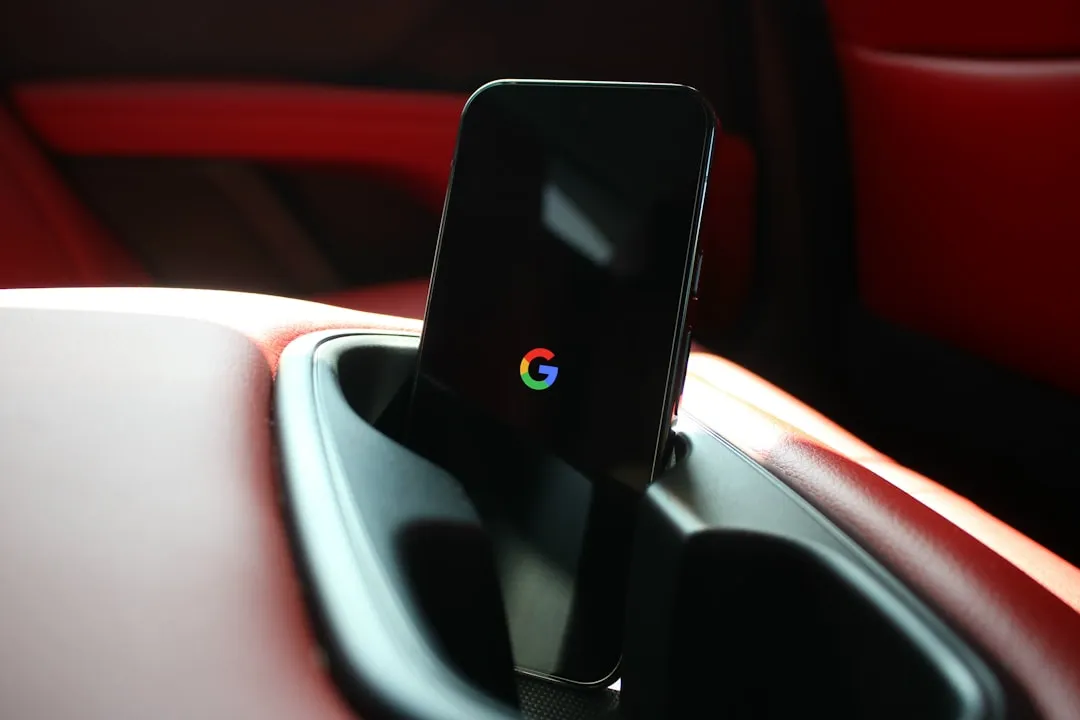
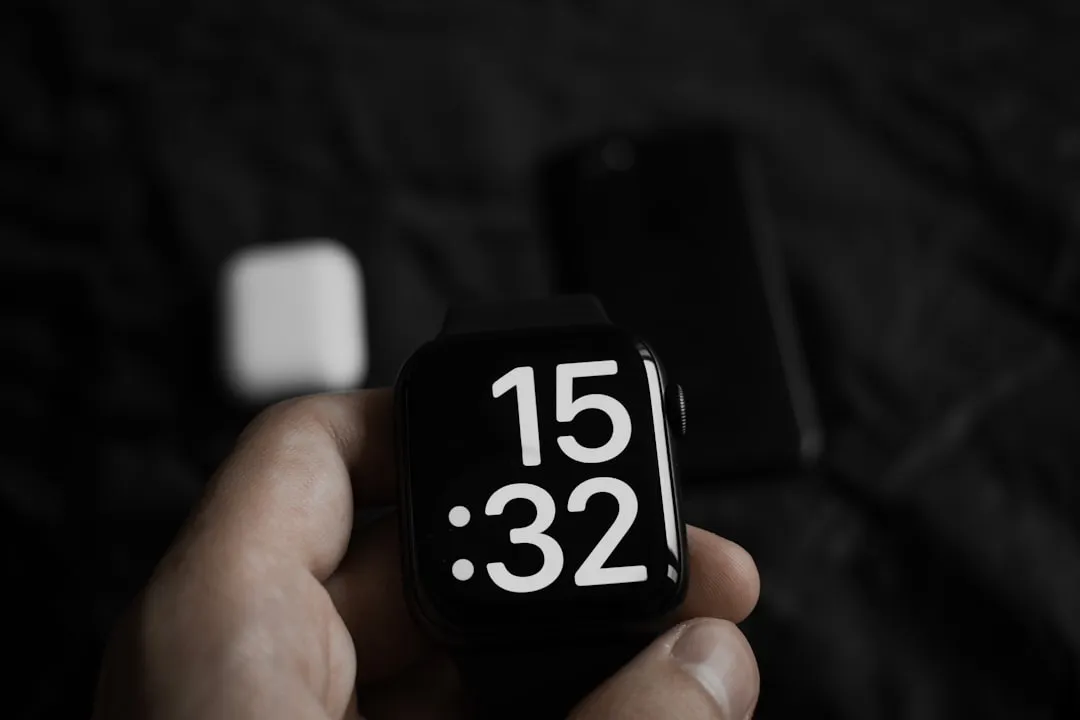
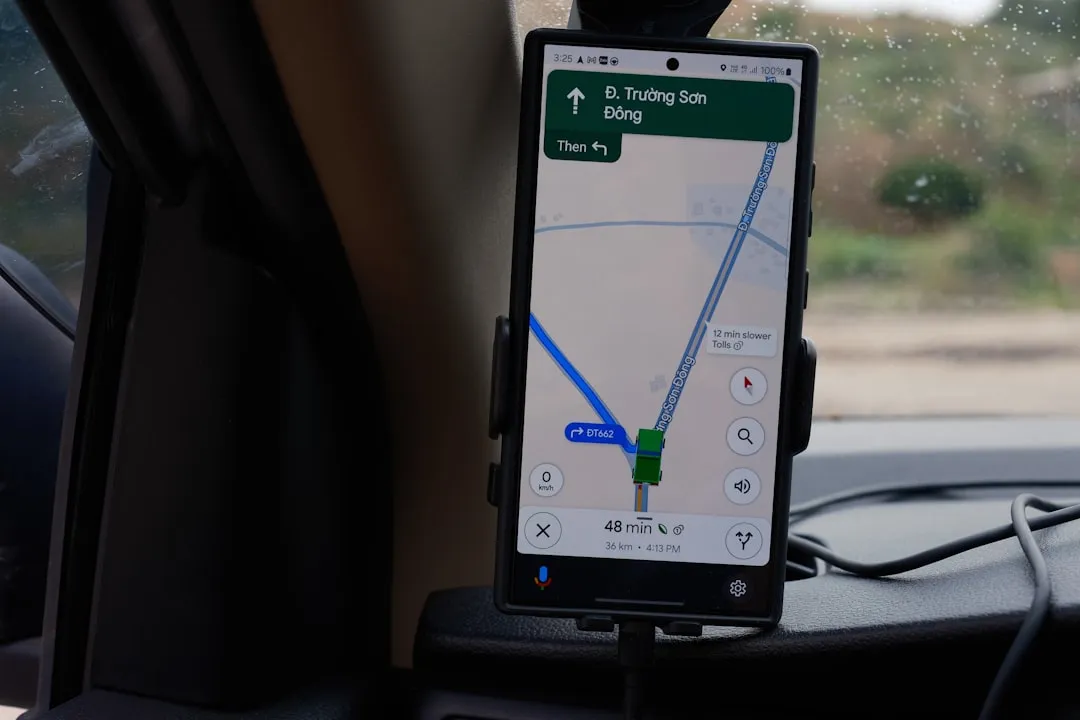

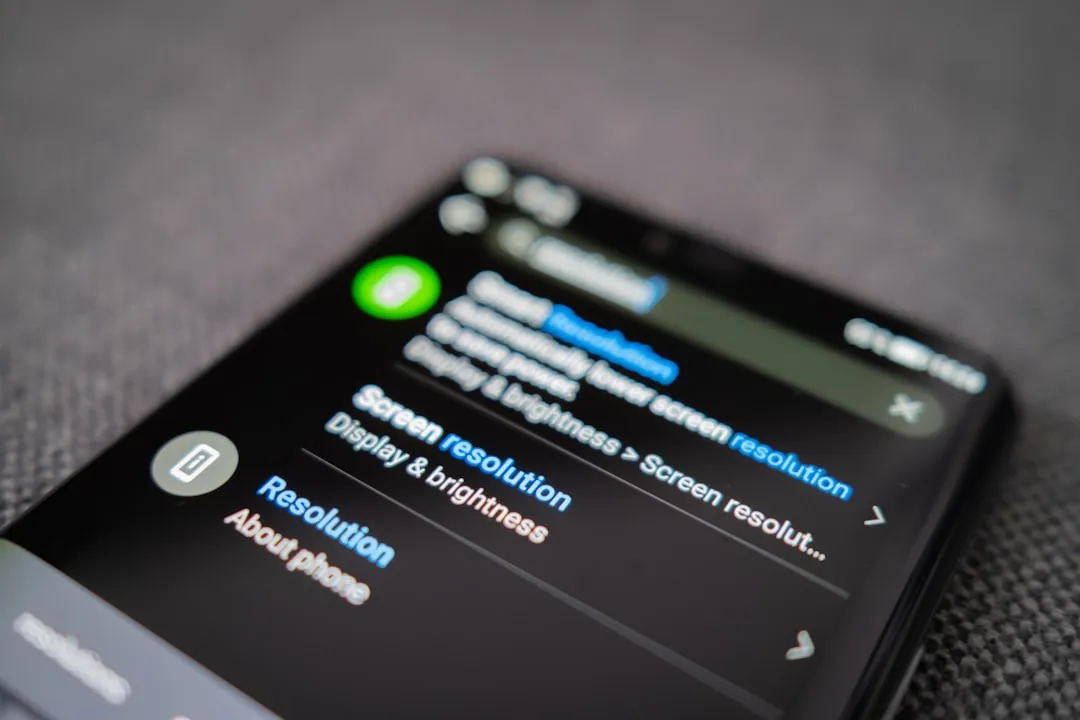


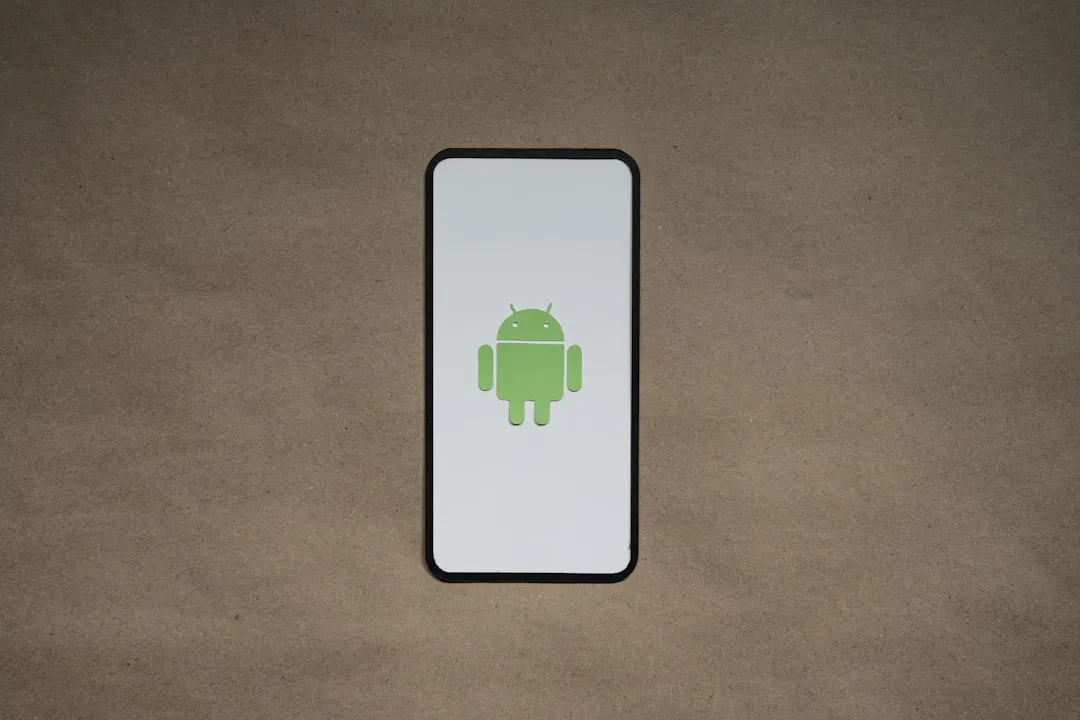
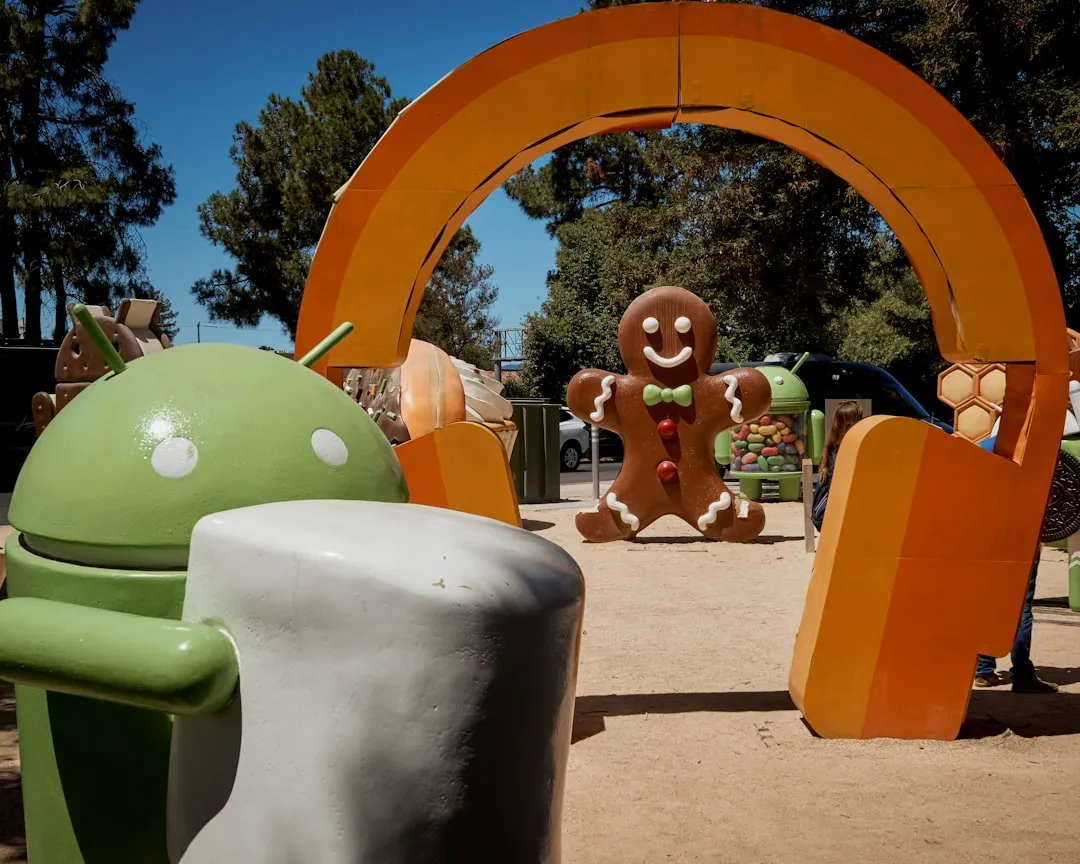
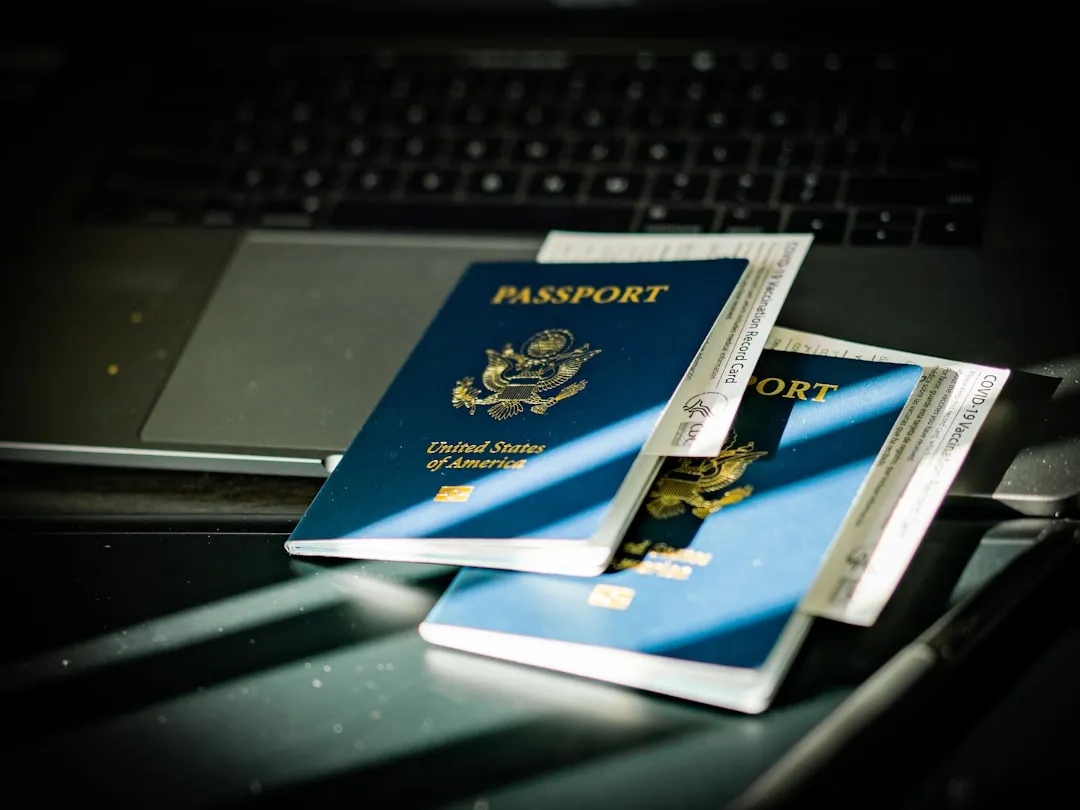



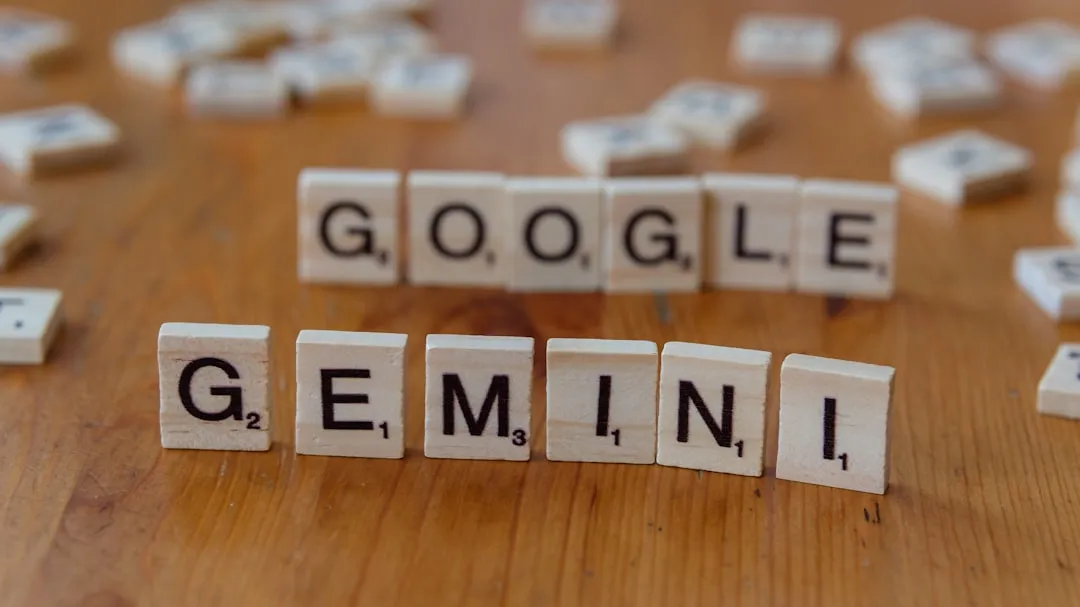




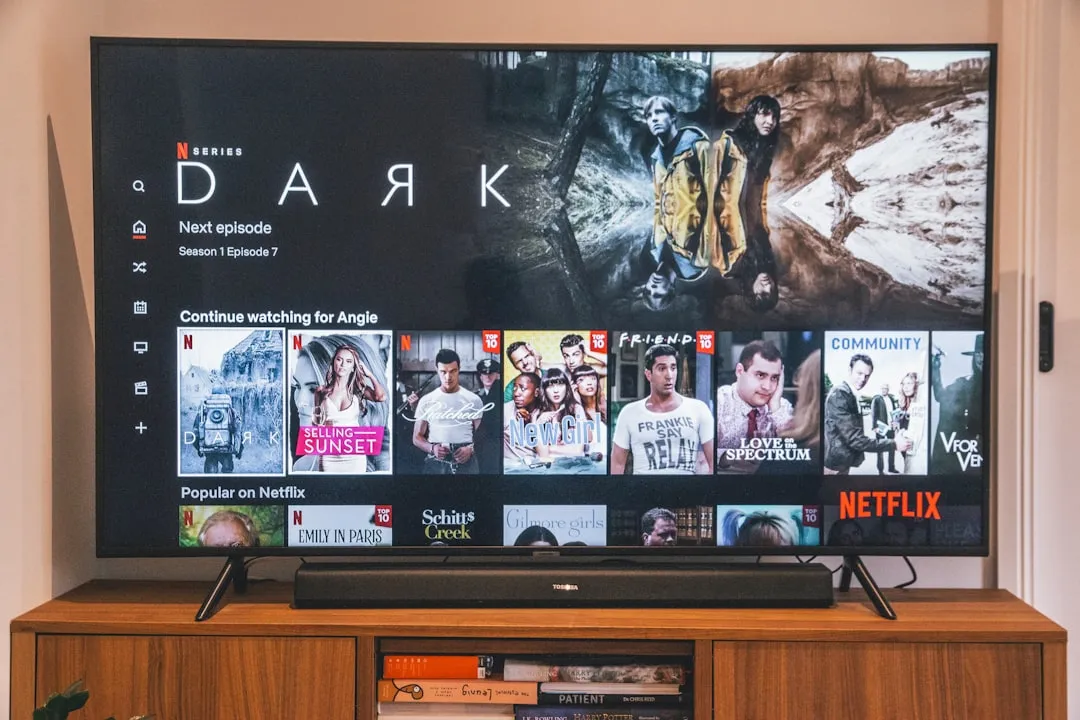

Comments
Be the first, drop a comment!